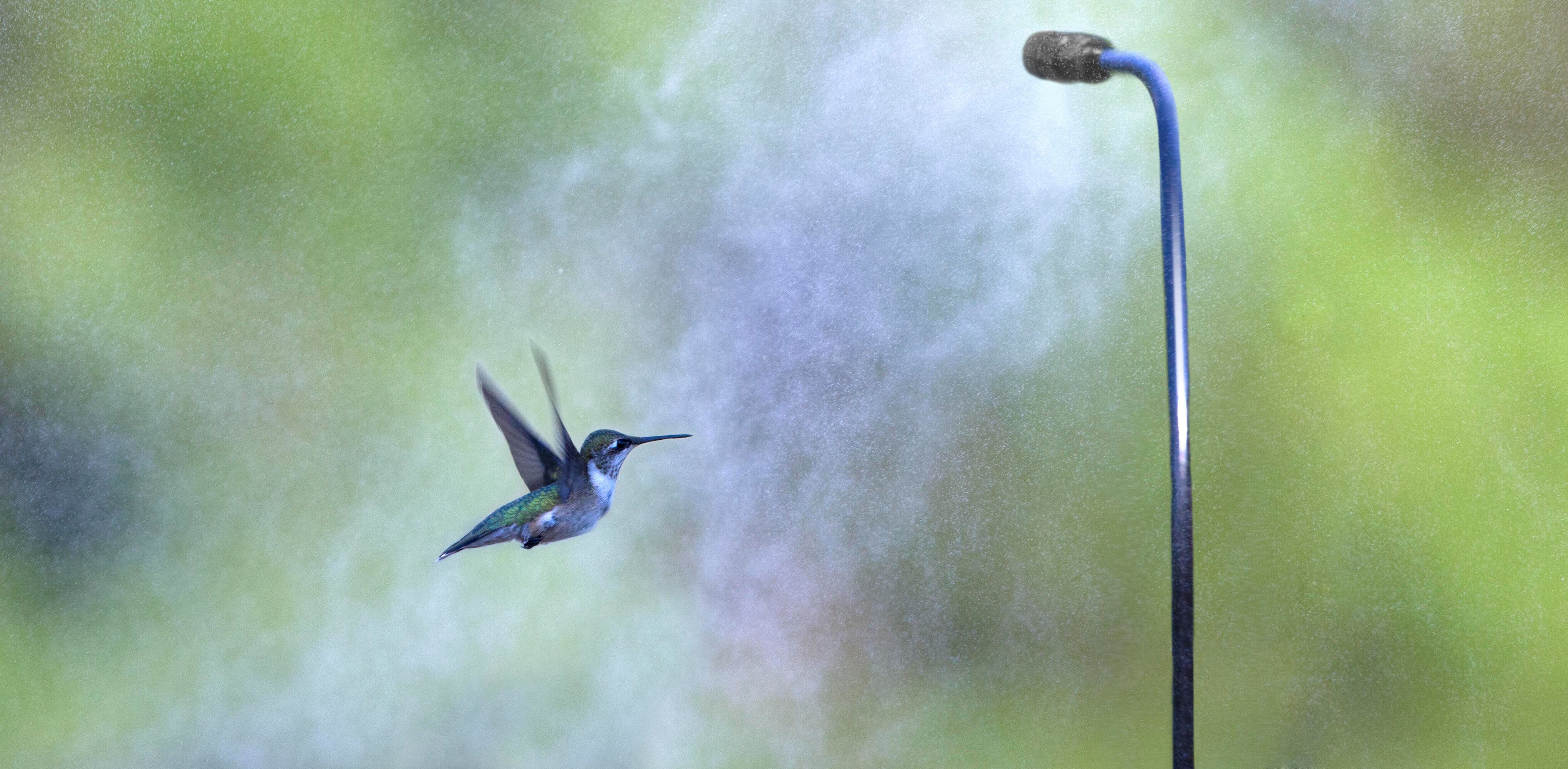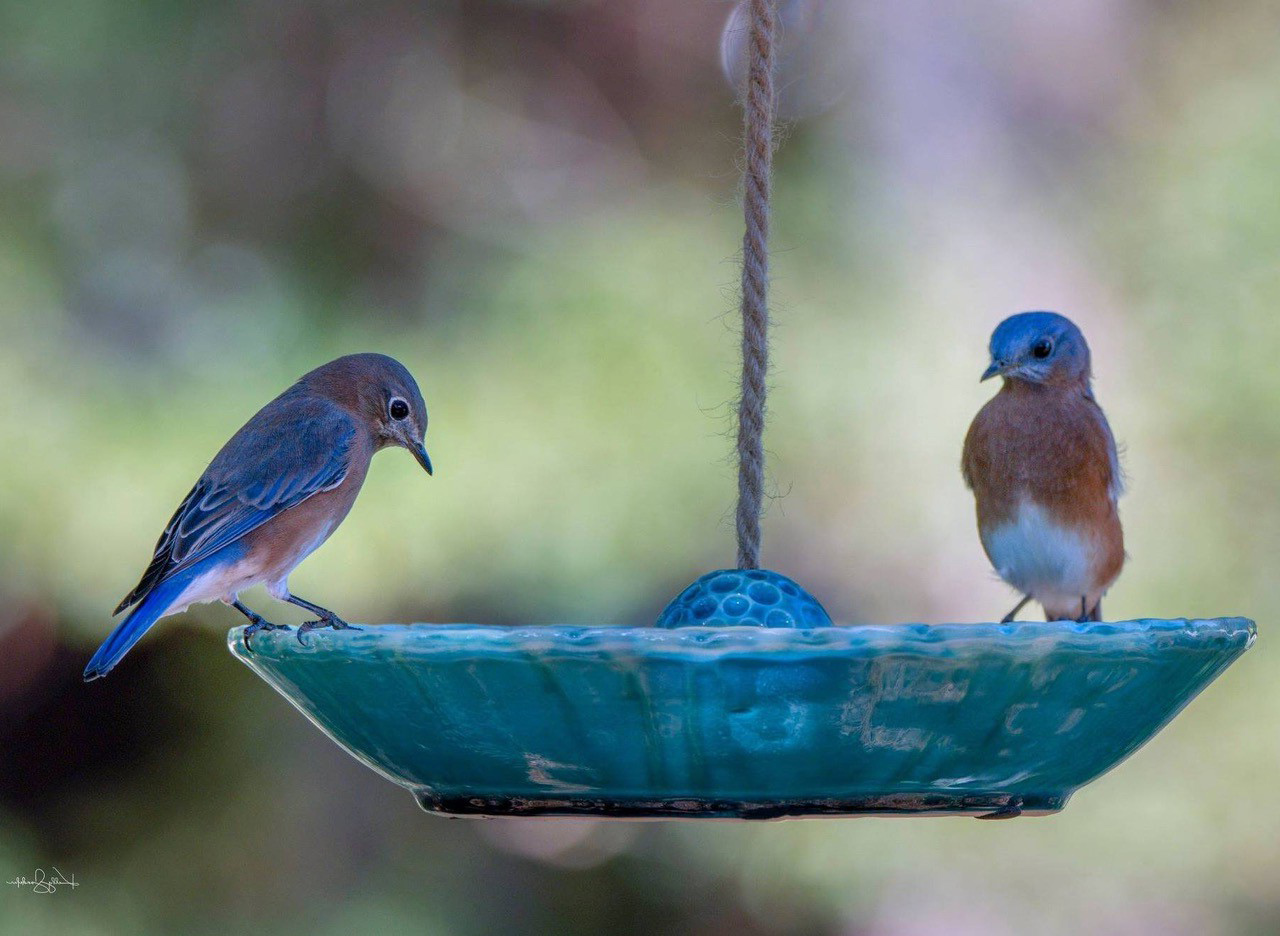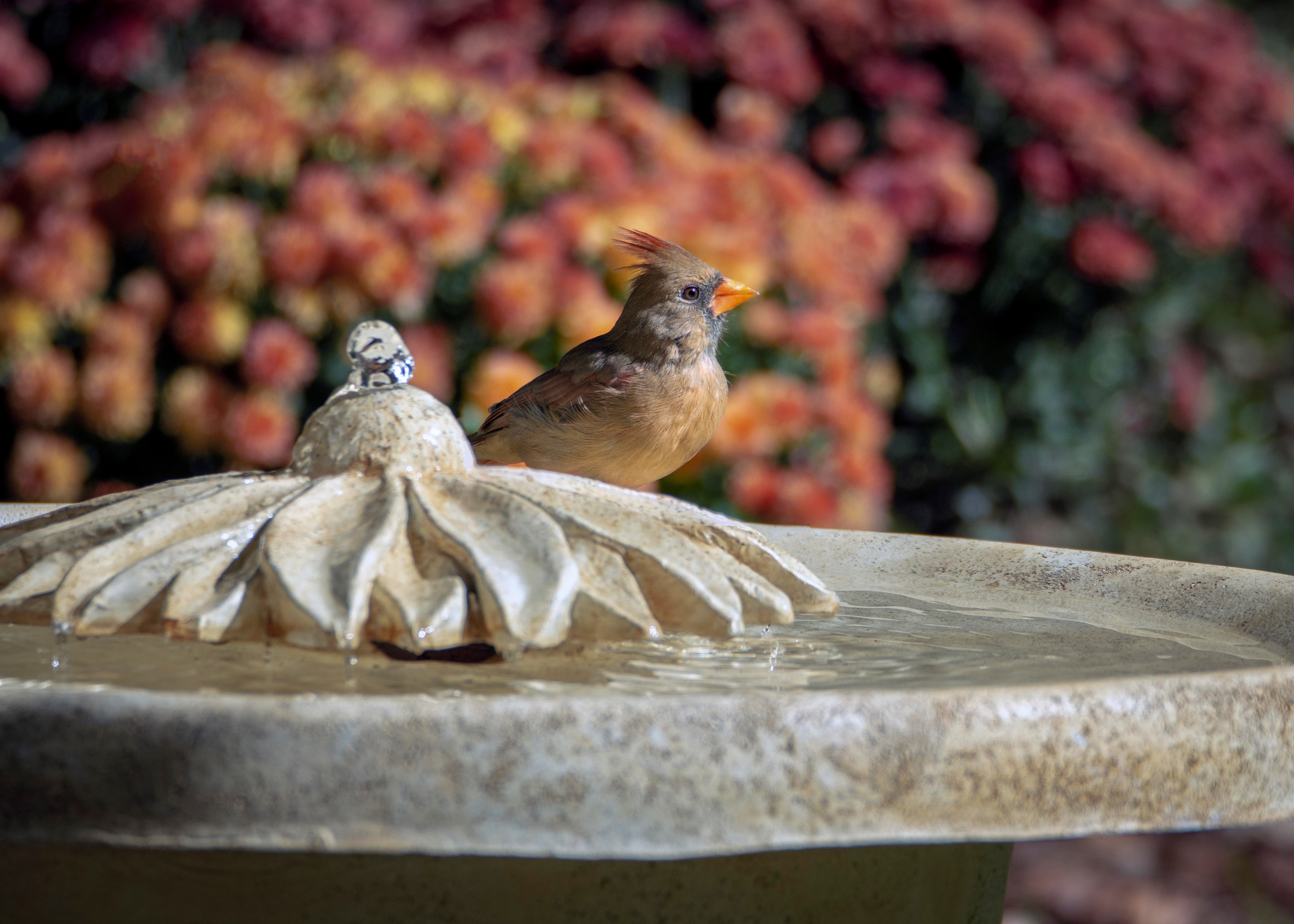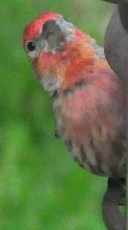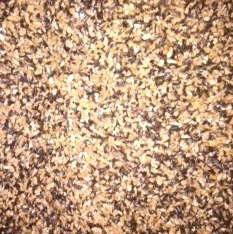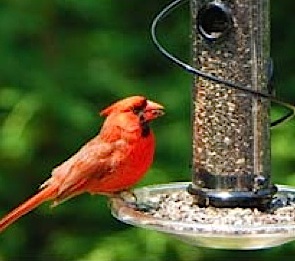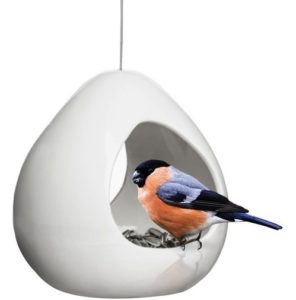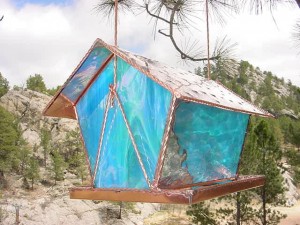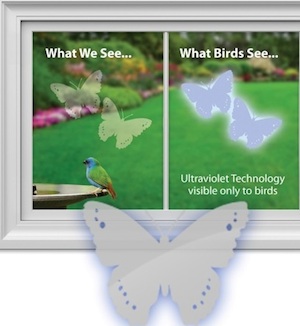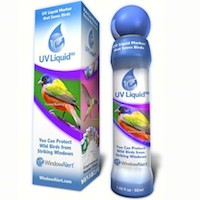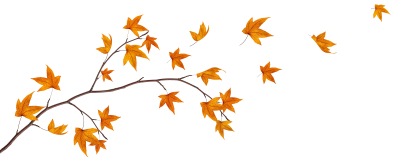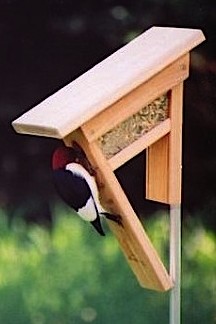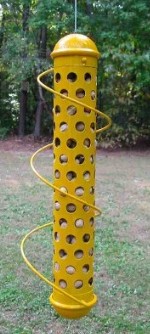-
Seeing Red at Finch Feeders
Think finch, and the first thing that usually comes to mind is a vibrant yellow American goldfinch, and because of their late breeding season, they’re out in full force this time of year. In fact, with their second molt, those bright feathers are giving way to new but drab winter plumage… so don’t think they’ve left! Finches are resident birds throughout most of the US. So keep on feeding them 🙂
The other finch is purple by name, but their plumage is really more red. You’re apt to see another red bird at finch feeders if you offer a premium seed mix.
Cardinals adore their sunflower seed, and a better quality finch mix will have more of it.
Like anything else, there’s okay, better and best, this absolutely applies to birdseed too! Best will cost more, but it offers higher nutritional value and less waste in return. One of the reasons folks quit feeding birds is the ground mess (and who it attracts), so by using a mix with no fillers-which is what ends up on the ground anyway, you’ll not only attract more of the desired birds, you’ll have considerably less mess below feeders.
Try stocking your finch feeder with a mix of premium nyjer seed and sunflower chips. It’s got a high fat content, (great for winter) and there’s no corn, no milo, no millet that’s found in less expensive birdseed. No, we don’t sell it, but yes we use it, purchased from our local WBU… but don’t tell anyone!
Although cardinals do prefer larger, secure spaces while feeding, they’ll definitely perch at finch feeder with tray, or even hop on a perch itself. The new-fangled spiral feeders offer a bit of both! Birds run the spiral instead of feeding from individual perches, and they have optional seed trays too.
So don’t forget your finches once they’ve turned brown! Keep feeders fresh and consider a heated bath to help them through winter!
-
Glass Bird Feeder-Yes, Glass Window Crash-No!
Traditional wood bird feeders are most commonly seen in platform, fly-thru or hopper styles. They’re great for birds as the texture allows for easier footing or grip by tiny bird feet. But there’s something to be said for the more creative type glass bird feeder. Style for one, as many are hand made and functional works of art in the landscape. Wood eventually deteriorates while glass withstands. Wood has a porous surface which allows bacteria and mold to penetrate, glass is non-porous and much easier to clean.
It’s really just a matter of personal preference and the birds you’re wanting to attract. A Fly-Thru allows for a variety of treats throughout the year, while a hopper style only accommodates seed mixes. Just a little something for future reference… the next feeder needn’t be wood to be fully functional.
When it comes to glass, your home’s windows are hazardous, sometimes even fatal to the birds feeding in your yard. Birds simply don’t see them – resulting in violent crashes and strikes with the invisible wall. The “thump” sound is really a bummer, then you find the (hopefully) stunned bird and hope he’s okay with a few minutes rest. But many times a broken neck, or too forceful a hit renders the death of an avian friend.
The good news is it’s really easy to avoid these crashes in the first place! WindowAlert Decals are inexpensive, simple to use and most effective. No glue, no mess on windows, simply a static cling decal with a light coating that reflects ultraviolet sunlight. Barely visible to the human eye, birds see a brilliant glow warning them of the impending glass.
There’s a fantastic new product from this company as well. Working by the same principle of reflecting UV rays, it’s called UV Liquid. Similar to a bingo marker, you simply roll, or draw it right on the window to apply. Dots, circles, squiggles or lines… or anything your artsy heart might like will work! The important thing is that birds will see it loud & clear while just faint marks to your eye.
Either product may be used alone, but if you’ve got a big problem with window strikes that are happening all to often, it’s best to use UVLiquid in conjunction with a few decals.
With migrations underway and an increase in traffic, new birds may be visiting feeders. You can easily help them and your resident buddies avoid deadly window strikes in less than 5 minutes of your time. And oh yeah… keeping those wood or glass bird feeders clean and stocked is a great help too!
-
Welcome Fall with Shelled Peanut Bird Feeders
Happy Autumnal Equinox!
Falling leaves and shorter days trigger birds and wildlife to do their survival thing! Migratory birds, butterflies and even insects are on the move southward to warmer winter digs. Many residents will start caching food stores for later retrieval-jays and nuthatches do this, even squirrels.
Should you happen to feed the furry critters, adding peanuts to the mix serves them well in fall and winter. Even peanut butter smeared on corn cobs or a tree trunk is a happening treat!
A fantastic source of fat, calories and protein can be had from peanut bird feeders. The legumes pack a punch of a meal for optimal nutrition. Offering shelled peanuts reduces ground mess… in fact there’s no mess at all. Any morsel falling to the ground will go to good use!
With an array of styles, peanut feeders are a great choice for fall and winter feeding. Nuthatches, titmice, woodpeckers and chickadees will partake, even bluebirds sometimes go for shelled peanuts in cold weather.
They can hang or pole-mount, have optional trays for perching, or offer an all-over feeding space for clinging birds. The spiral peanut feeders are awesome as opposed to traditional perches. They allow more birds to feed at once, and watching them run or hop the continuous perch is a trip! Birds seem to love these feeders, and there’s an optional 10-inch clear tray for additional perching space and catching shells.
Caged type feeders will typically keep squirrels out of your peanuts, while suet cages work great for trying whole peanuts. Lots of options for changing up treats with seasons!
So with the arrival of fall, a new feeder might just be in order for your resident birds. Unfortunately they’re saying this winter will be as bad as last 🙁
Fortunately, you can nab 10% off all bird feeders through the end of September! Use promo code MC10 at checkout… our thanks for feeding the birds 🙂
Hummingbird Feeders
about feeders & accessories

